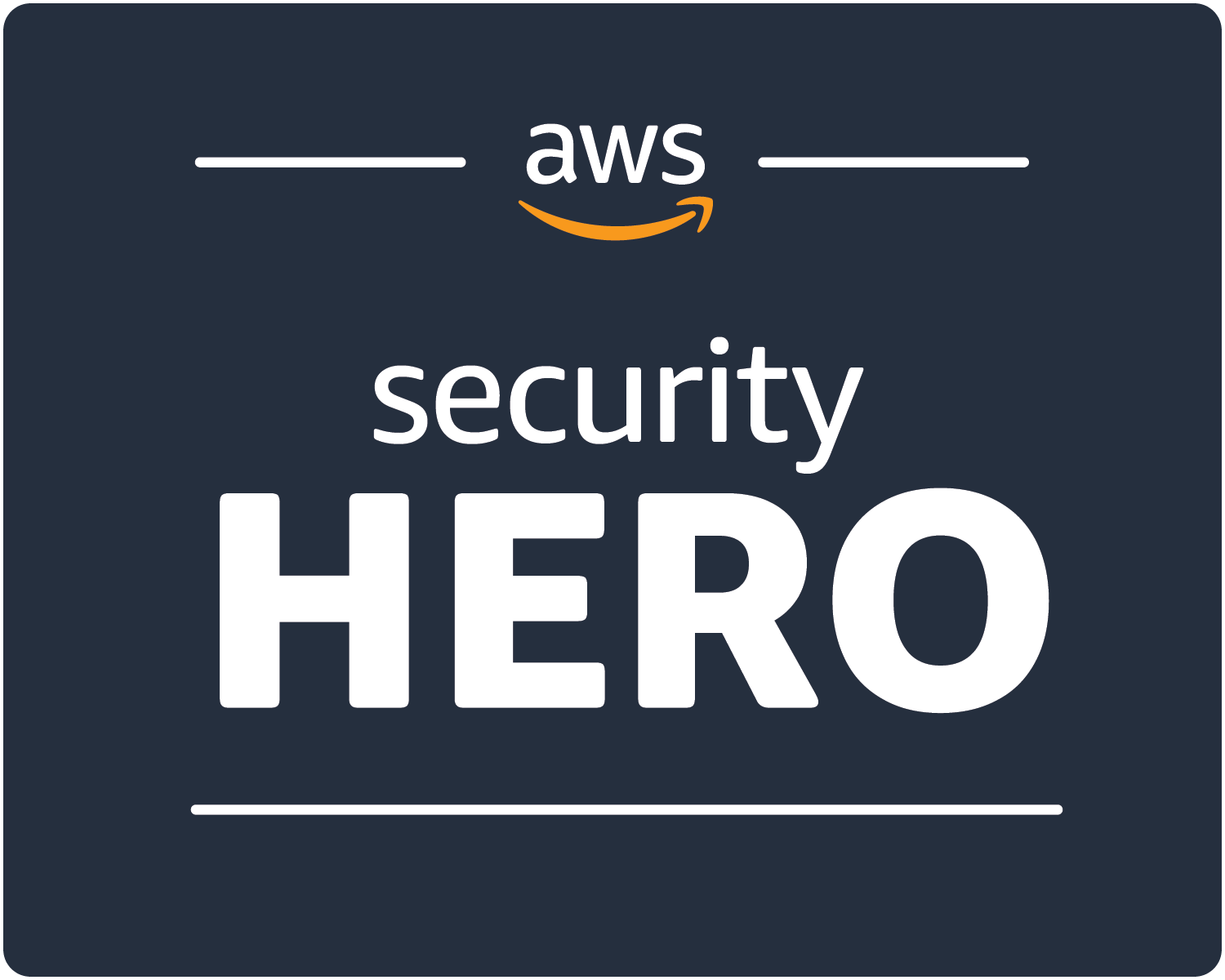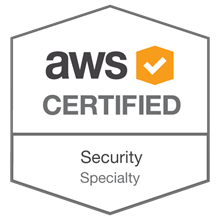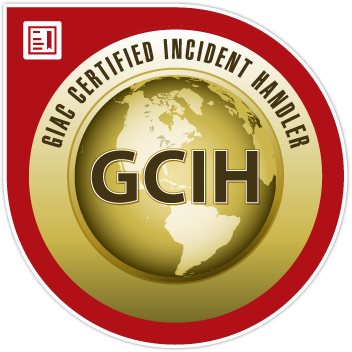Back in November of 2015 I taught myself CloudFormation on the Amtrak ride from DC to NY. As I was building out my ultimate VPC template, I began to discover the limitations of CloudFormation. There was no clean way to link the output of a stack to the inputs of another stack. All the examples I’d seen at work had all the settings defined as defaults. Meaning that sharing CFTs was a risky proposition and code-reuse was very limited.









